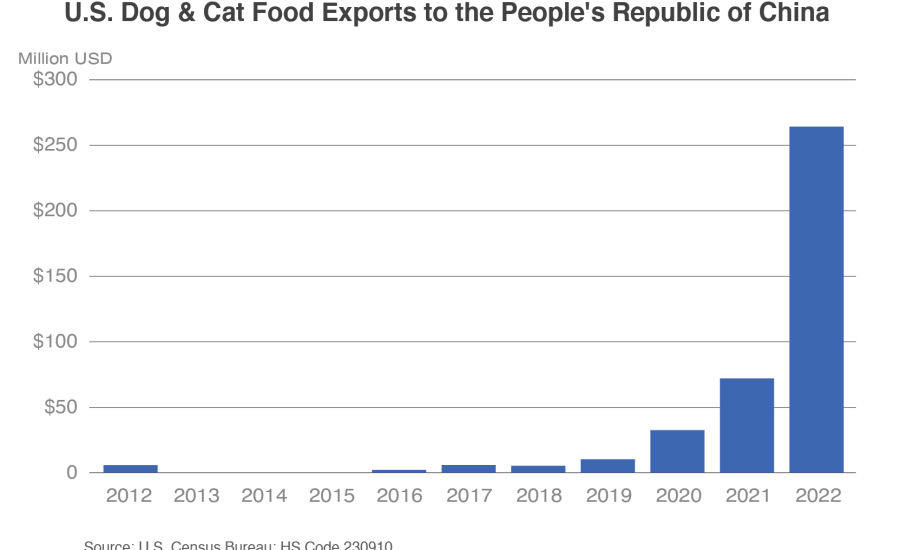Browse Data and Analysis
Filter
Search Data and Analysis
- 16792 results found
- Clear all
South Africa is currently harvesting its second largest corn crop in history and a fourth consecutive bumper crop. This creates a bearish outlook on local corn prices and will limit an expansion in the area to be planted with corn in marketing year (MY) 2023/24.
Singapore imports more than 90 percent of its food and has a diverse, competitive array of trading partners. The United States and Singapore have a long-standing free trade agreement (FTA), and Singapore is a well-developed market for high-quality food and agricultural products.
Canada is the largest overseas market for U.S. high-value, consumer-oriented products, with exports reaching nearly $19.7 billion in 2022 – representing 24 percent of the total value of U.S. consumer-oriented exports worldwide, more than doubling the value of the next largest market.
On May 21, 2023, the South African Minister of Health issued a Government Notice (R.3337) inviting public comments on a draft regulation relating to the labelling and advertising of food products under the Foodstuffs, Cosmetics and Disinfectants Act, 1972 (Act No.54 of 1972).
This report highlights trends and recent statistics for U.S. origin wine imported into Japan, consumption trends, and opportunities for U.S. exporters.
Sensory data shows another below average wheat crop in MY2023/24 due to ongoing drought and heat conditions in Algeria’s non-irrigated areas. Post forecasts MY2023/24 wheat imports at 8.7 million metric tons based on increased import demand.
Malaysia was the 26th-largest export destination for U.S. agricultural products in 2022, totaling nearly $1.1 billion in value, and is a top prospect for exports of food and beverage ingredients because of its large and growing food processing industry.
U.S. dog and cat food exports to China reached a record $264 million in 2022, with China becoming the second-largest U.S. export market.
The FAIRS Annual Country Report maintains the baseline information for Bangladesh as it relates to all food and feed.
The guide is intended to provide a general understanding of Cambodia's import process for food products. As is common in developing economies, a high level of informality exists in Cambodia, especially at the borders.
Export prices decreased 0.4-0.6 percent despite continued demand for Thai rice and the strengthening of the Thai baht.
There are no changes to rice and corn production and imports, nor wheat imports for MY 2023/24.

